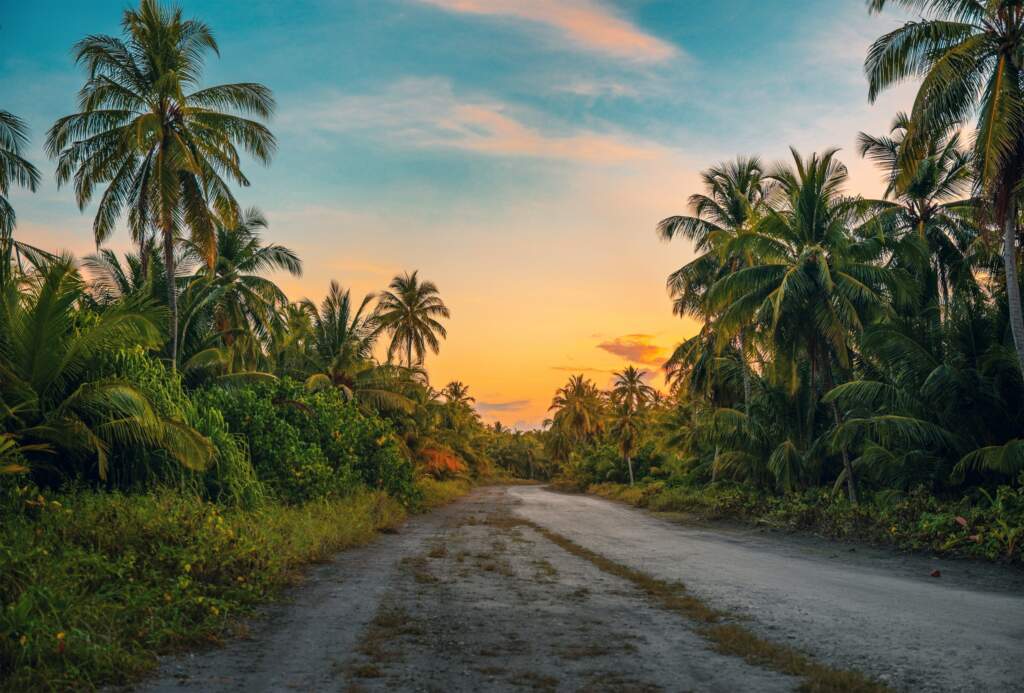
At PlantVine, we love our home state of Florida. The subtropic climates with plenty of sun and rain enable us to grow an array of exotic and rare plants from around the world in our open-air nurseries. But did you know that Florida is also where many of the most popular specimens of house plants and what many consider indoor trees is where they originated?
Florida’s landscape is as diverse as its culture, replete with a range of ecosystems that host an array of plant life, from the tropical splendor of the Keys to the rolling dunes of the Panhandle. This natural tapestry is home to many unique houseplants and trees, some of which have become emblematic of the state’s lush vegetation.
Here we’ll explore a selection of Florida’s native botanical treasures, delving into their descriptions, origins, and historical significance.
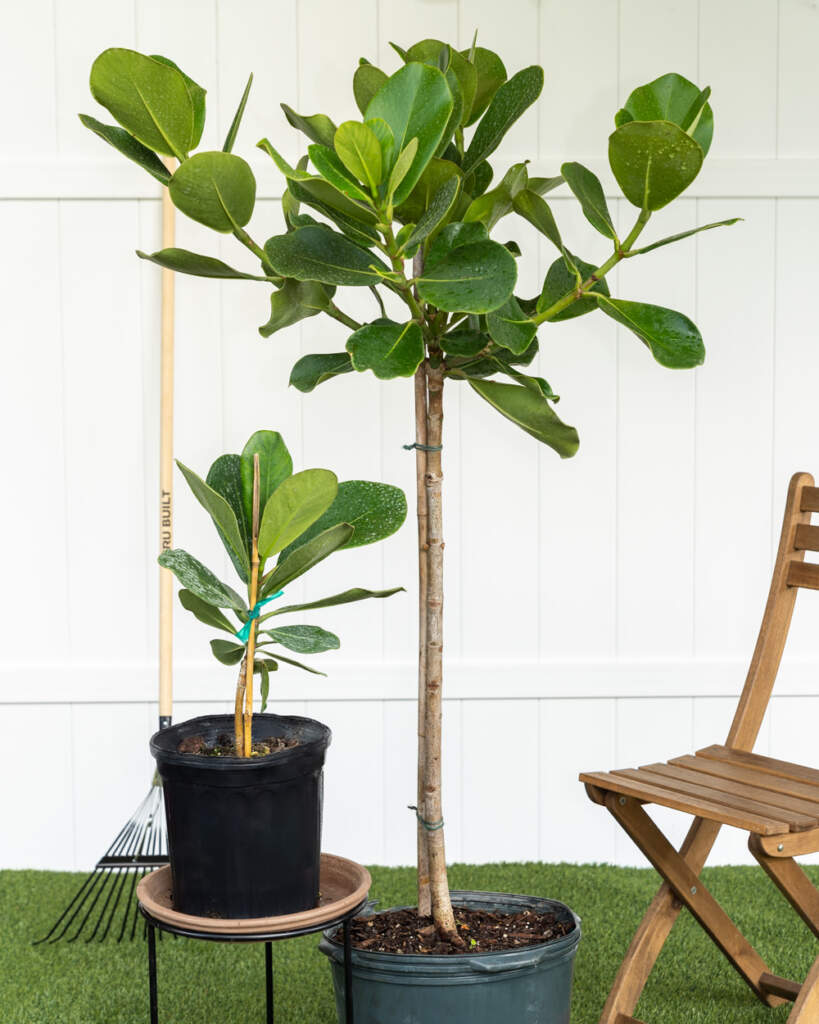
Clusia rosea
Clusia rosea (Autograph Tree)
Affectionately known as the Autograph Tree, Clusia rosea is a robust, tropical species native to the Caribbean, including the coastal regions of Florida. It’s well-adapted to the Floridian climate, often found anchoring itself on rocky landscapes and thriving in the sandy soils of coastal areas. This evergreen can grow to significant heights, offering thick, leathery leaves upon which many a person has etched their name, giving rise to its common moniker. Historically, Clusia rosea was used in traditional medicine in its native range, and in Florida, it’s both a natural and ornamental asset, celebrated for its hardiness and its ornate, pink to white blooms.
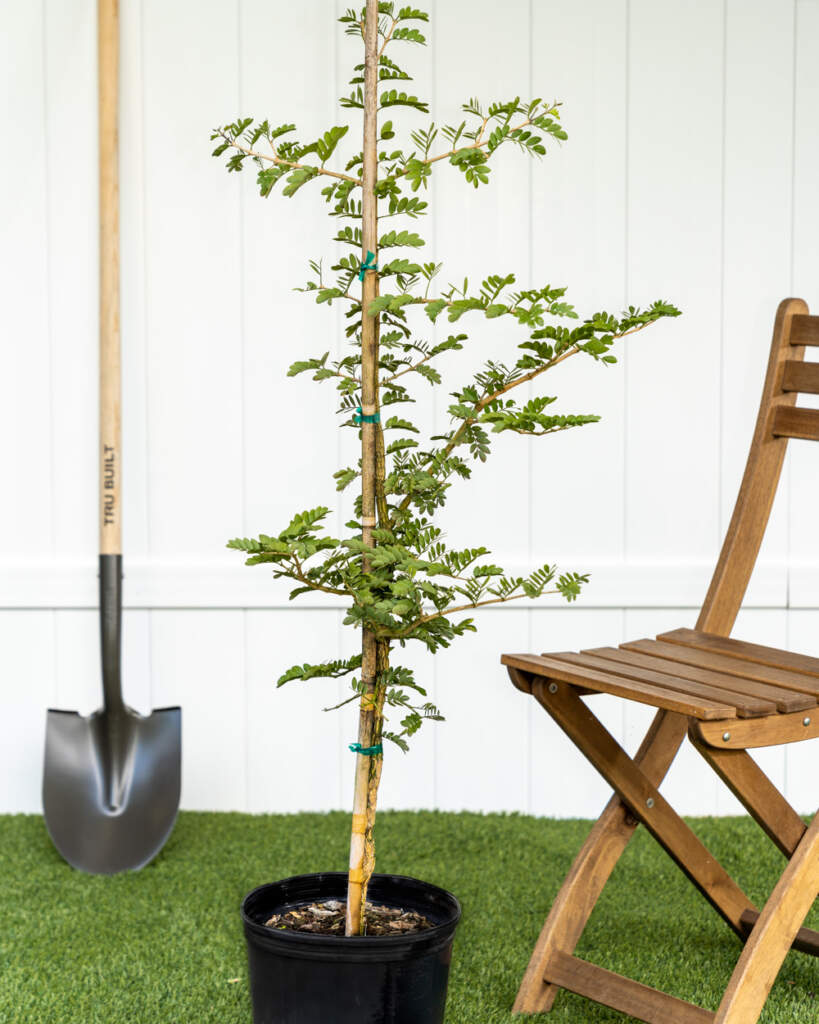
Lignum vitae ‘Sanctum’
Guaiacum sanctum (Lignum Vitae)
The Guaiacum sanctum, known as the Lignum Vitae or “Tree of Life,” is a hardwood tree native to the subtropical regions of the Americas, including Florida. This slow-growing tree has a historical reputation for its medicinal properties and the incredibly dense wood it produces, once the preferred material for ship bearings. The wood’s durability and the tree’s ornamental blue flowers have contributed to its popularity, both in the past and present. In Florida, Lignum Vitae is a conservation focus, as it’s considered vulnerable due to overharvesting and habitat loss.
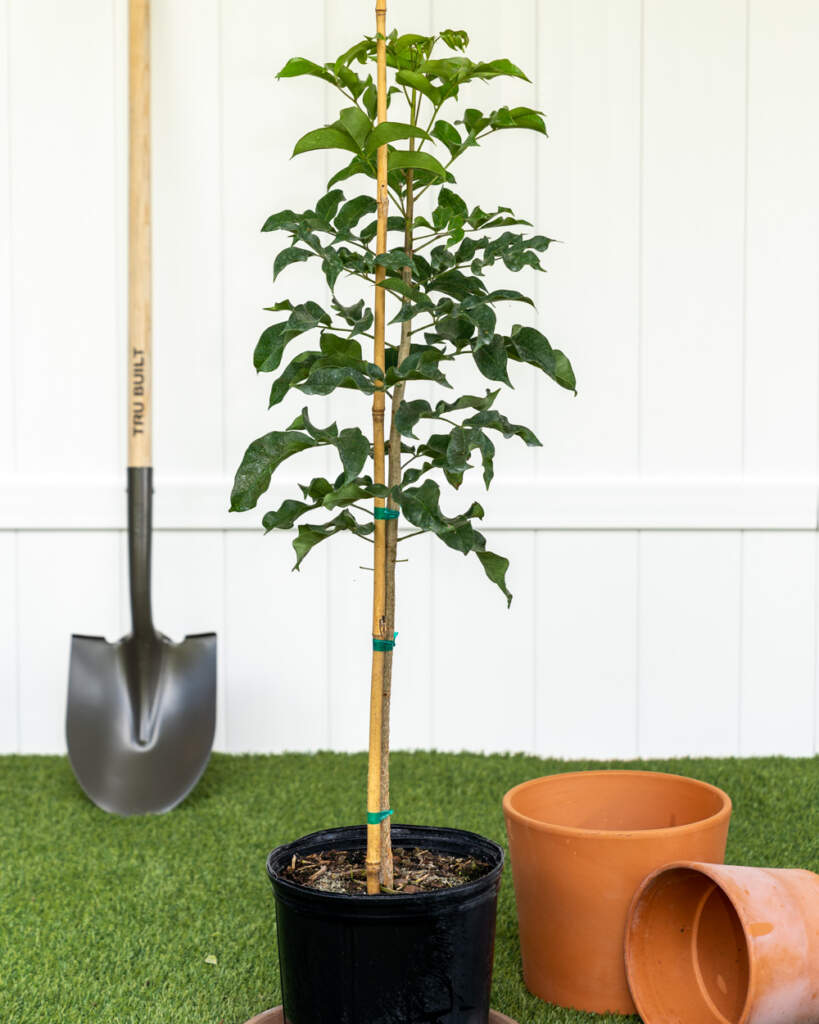
Gumbo Limbo Tree
Bursera simaruba (Gumbo Limbo)
The Gumbo-Limbo, or Bursera simaruba, is often referred to as the “Tourist Tree” for its red, peeling bark that humorously resembles the sunburned skin of a tourist. Native to tropical regions of the Americas, including Florida, the Gumbo-Limbo is a hardy species, able to withstand hurricanes and salty breezes, making it a common and resilient sight in Floridian landscapes. Its easy propagation and rapid growth have made it an ideal species for reforestation efforts and for use in living fences. The tree’s history is also rooted in the culture of indigenous peoples, who utilized it for its resin, known as chicle, in traditional chewing gums.
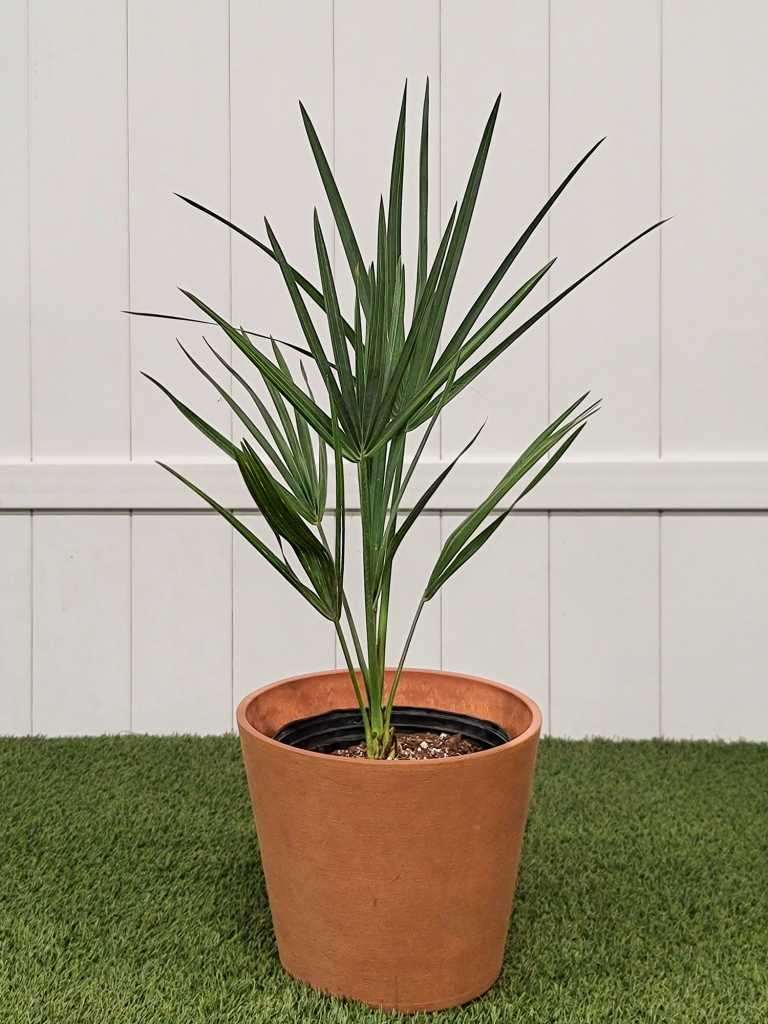
Dwarf Blue-Stem Palmetto
Sabal minor (Dwarf Palmetto)
Sabal minor, or the Dwarf Palmetto, is a modest-sized palm that is native to the southeastern United States, including Florida’s varied habitats. Unlike its towering relatives, the Dwarf Palmetto rarely grows a significant trunk, often appearing as a bushy fan of leaves sprouting directly from the ground. This palm’s history is deeply intertwined with the survival of local wildlife, offering both shelter and food through its fruit. Additionally, its leaves have a history of use in traditional Seminole handcrafts.
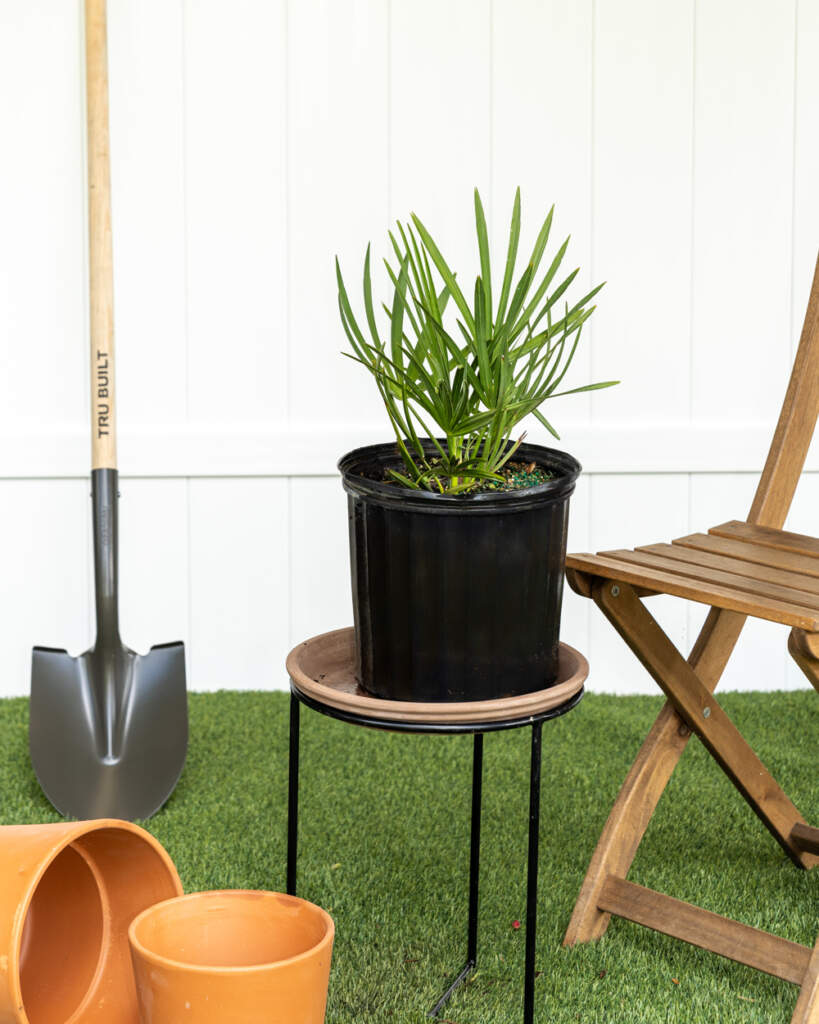
Saw Palmetto
Serenoa repens (Saw Palmetto)
The Saw Palmetto, Serenoa repens, is a ubiquitous feature of Florida’s landscapes, from dunes to pine flatwoods. This hardy palm is recognized for its fan-shaped leaves and the sharp, saw-like teeth along the leaf stems. Historically, it was a food source for Native Americans, and today, it’s perhaps most renowned for its medicinal properties, with extracts from its berries being used in supplements to support prostate health.
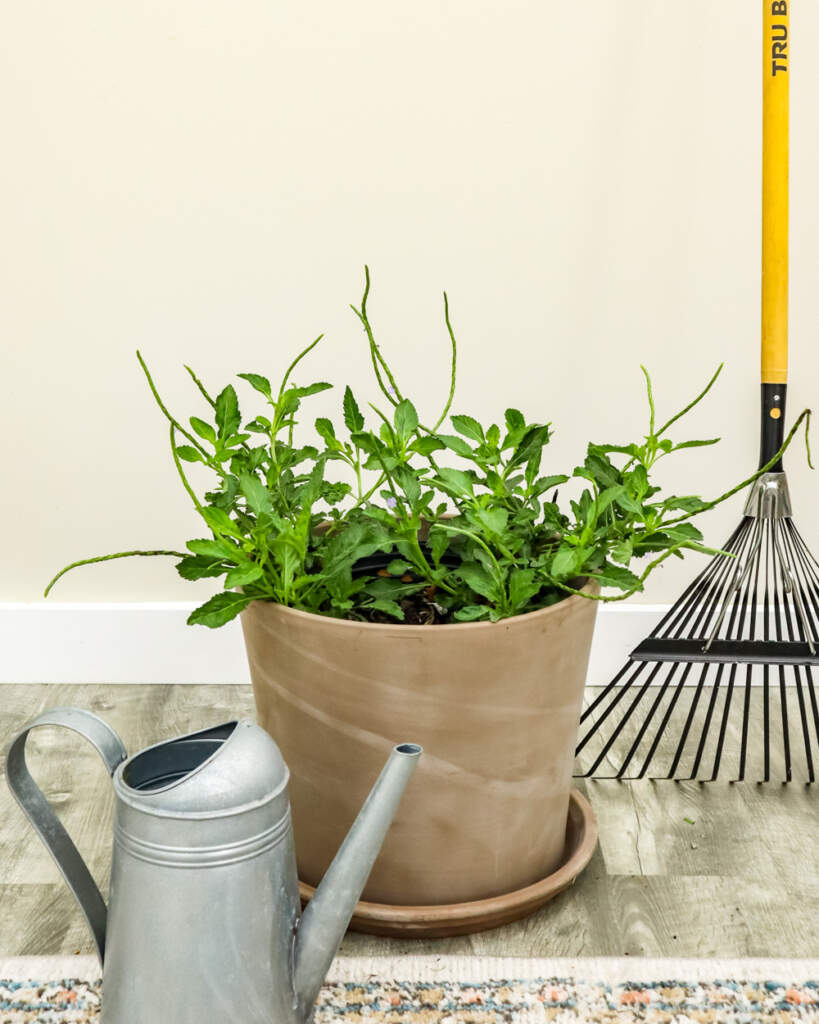
Florida Blue Porterweed
Stachytarpheta jamaicensis (Blue Florida Porterweed)
Stachytarpheta jamaicensis, or Blue Porterweed, is a flowering perennial native to Florida and the Caribbean. It’s distinguished by its spikes of vibrant blue flowers and has made a name for itself not only as a hardy native plant but also as an important nectar source for butterflies and hummingbirds. Historically, Blue Porterweed has been utilized in traditional medicine in various cultures, believed to possess a variety of therapeutic properties.
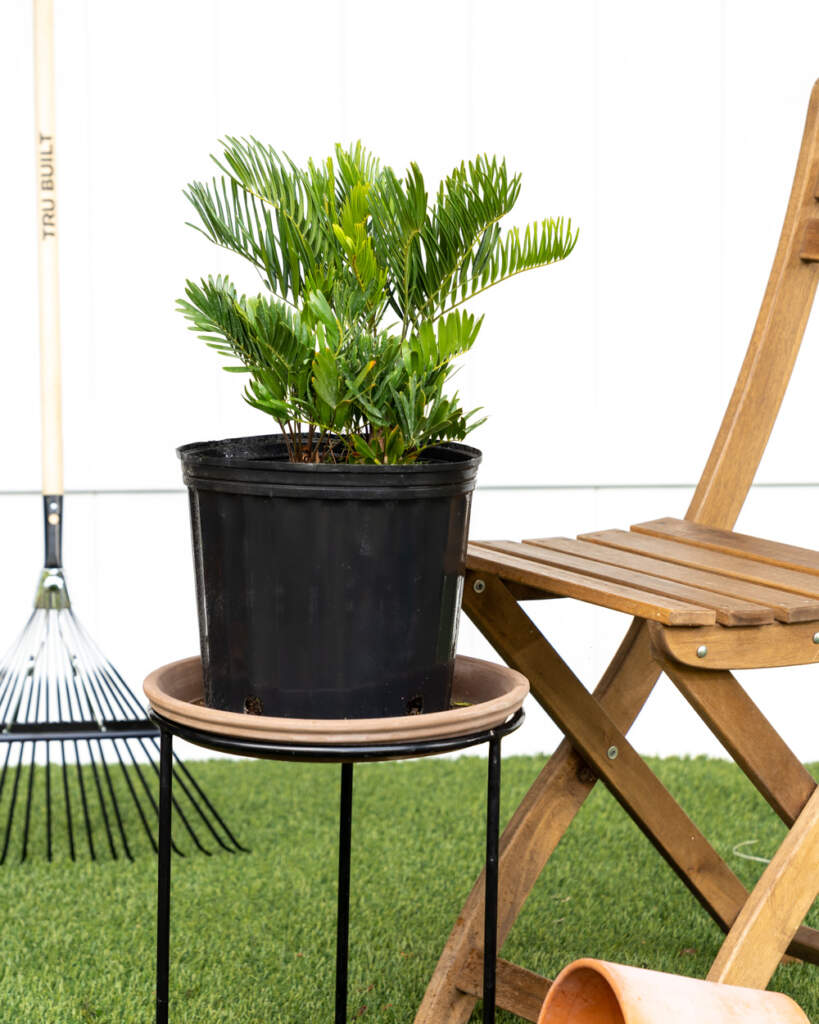
Florida Coontie
Zamia integrifolia (Coontie)
Zamia integrifolia, known as Coontie, is an ancient plant species native to Florida. It resembles a small palm but is actually a cycad, a type of plant that dates back to prehistoric times. Coontie plants were once so abundant in Florida that they formed large portions of the underbrush in some areas. The starch from their roots was a vital food source for the indigenous peoples and early settlers, often referred to as “Seminole bread.” Today, the Coontie serves as the sole food source for the larvae of the Atala butterfly, linking it inseparably to the native ecosystem.
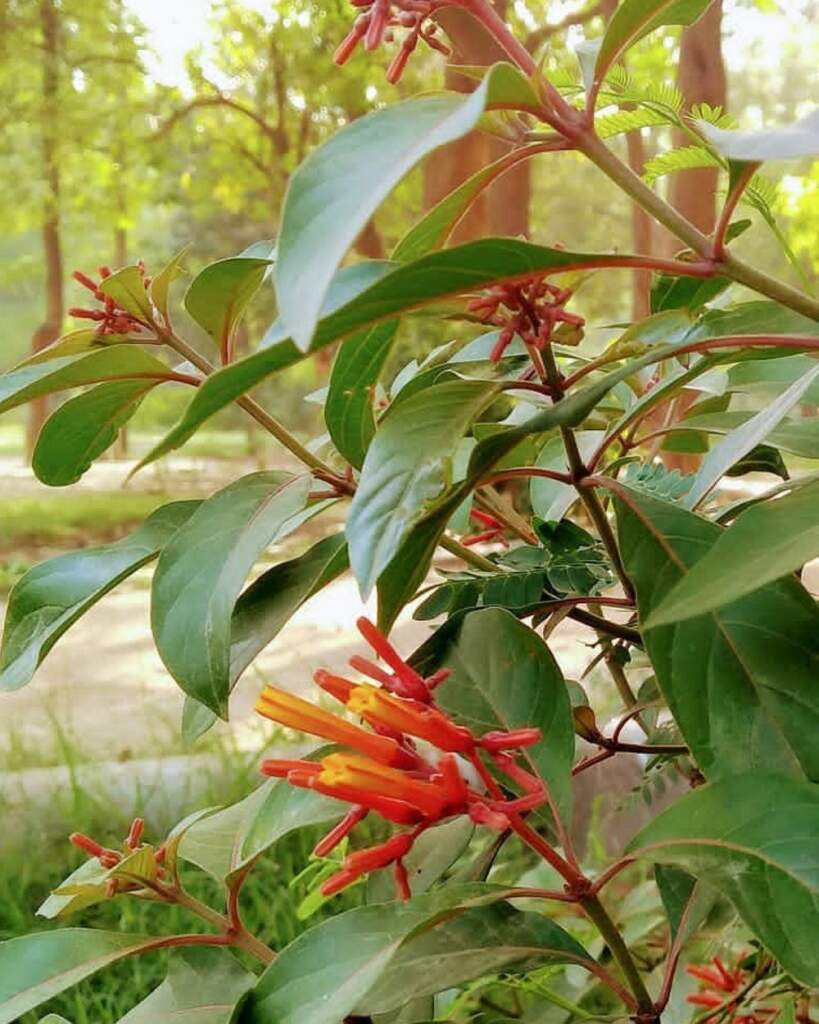
Firebush
Hamelia patens (Firebush)
The Hamelia patens, or Firebush, is a flowering shrub native to the American subtropics, including Florida. Its common name, Firebush, reflects the fiery red-orange color of its flowers, which bloom profusely and attract a plethora of wildlife, including birds and butterflies. Historically, Firebush has been used in traditional medicine for its purported anti-inflammatory properties, and today it is a popular choice for native landscaping due to its ornamental beauty and its resilience in the face of Florida’s sometimes harsh climate.
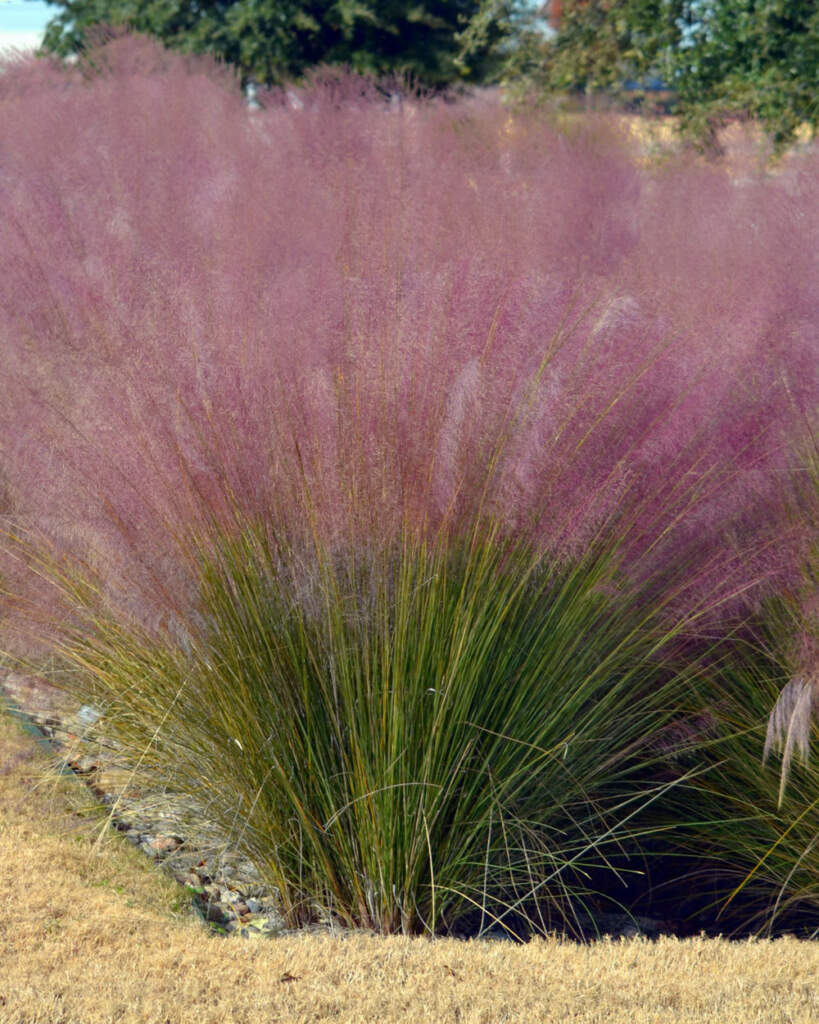
Pink Muhly Grass
Muhlenbergia capillaris (Hairawn Muhly Grass)
Muhlenbergia capillaris, or Hairawn Muhly, is a native grass known for its delicate and feathery pink to purple blooms that create a mist-like appearance in the fall landscape. This grass is not only a visual spectacle but also an important component of Florida’s ecosystem, providing habitat and food for wildlife. Its history is less documented in terms of uses by humans, but today it’s celebrated for its low maintenance and its ability to add texture and color to native gardens.
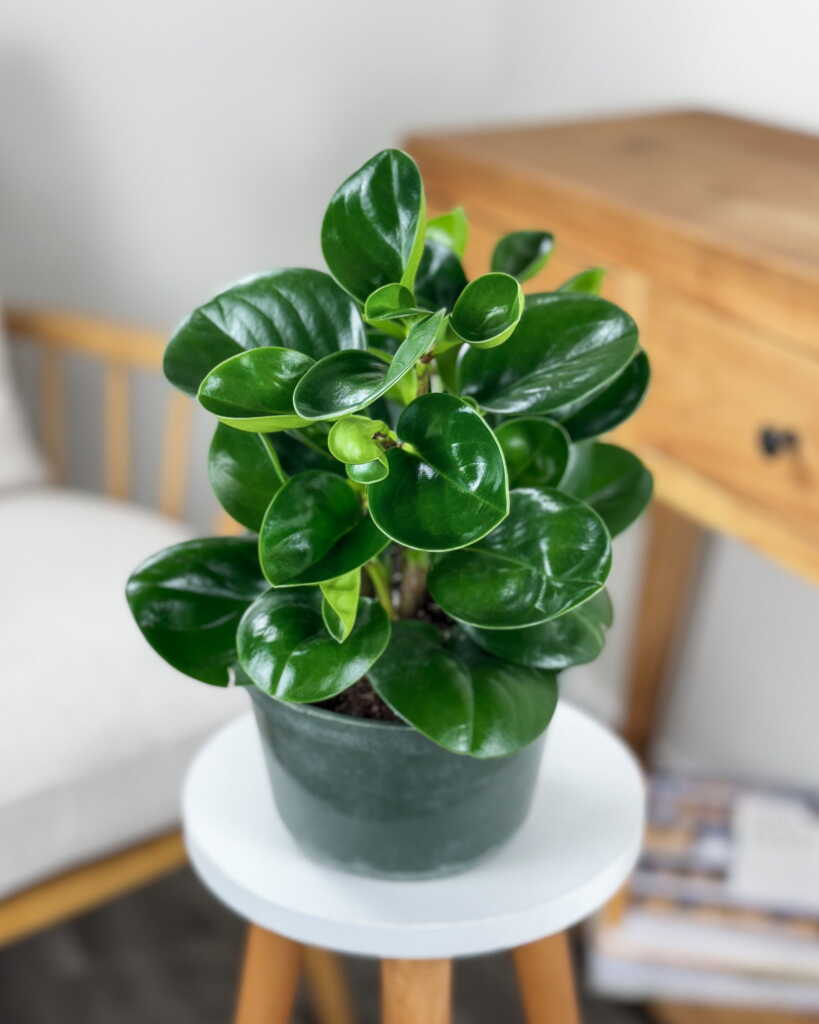
Baby Rubber Plant
Peperomia obtusifolia (Baby Rubber Plant)
Peperomia obtusifolia, also known as the Baby Rubber Plant (not to be confused with the Ficus species), is a fleshy, evergreen perennial that’s native to Florida’s subtropical forests. This modest houseplant is appreciated for its waxy, cupped leaves and easy-going nature, tolerating a variety of indoor conditions. While its history in human use is not as storied as other plants on this list, it’s a favored choice for indoor gardeners and has been part of the houseplant collection for decades.
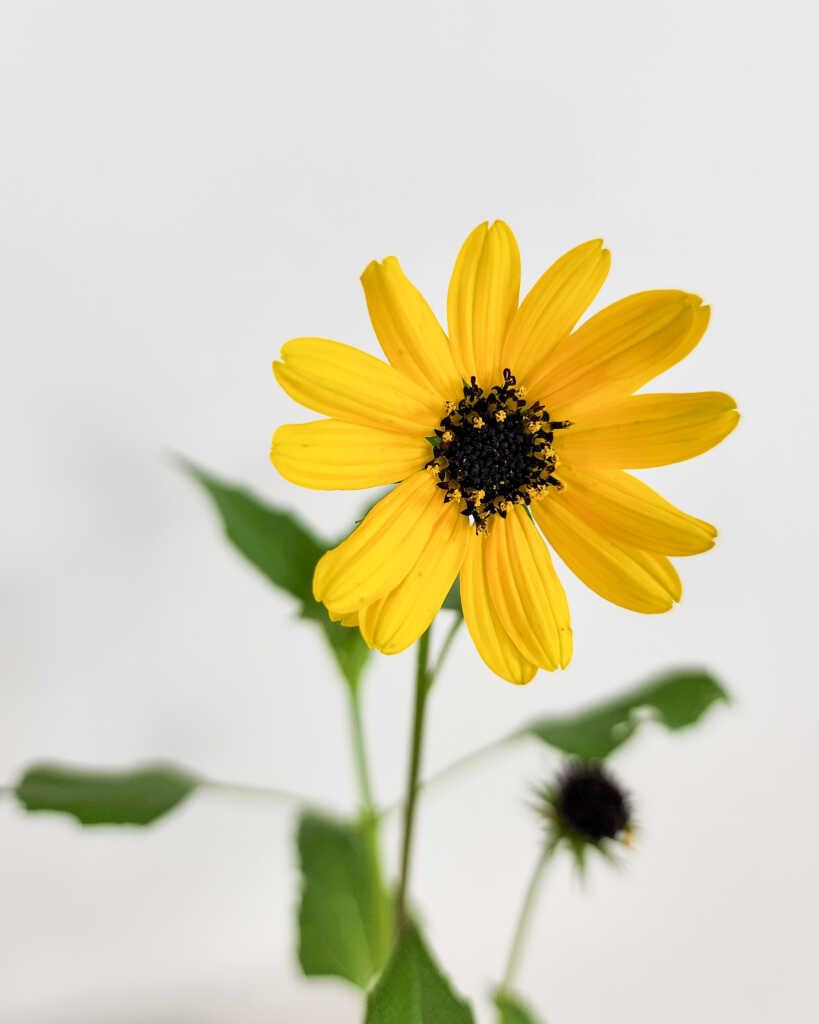
Beach Sunflower
Helianthus debilis (Beach Sunflower)
Lastly, the Helianthus debilis, or Beach Sunflower, is a cheerful, daisy-like perennial native to the sandy shores of Florida. This resilient plant is well-adapted to the salty and windy conditions of coastal environments, and its sunny, yellow flowers are a common sight, dotting the dunes and beachfronts. The Beach Sunflower is not only a source of beauty but also plays a role in dune stabilization, its history interwoven with the very landscape of Florida’s beaches.
The native flora of Florida presents a remarkable array of plants that have adapted to the state’s varied climates and soils. From towering palms to humble grasses, these species form the backbone of Florida’s ecosystems, supporting a diverse range of wildlife and contributing to the natural heritage of the state. They have served indigenous cultures, fascinated botanists, and continue to enchant residents and visitors alike with their beauty and resilience.
Understanding and appreciating these native species is crucial, not only for their ecological value but also for the role they play in Florida’s history and culture. As the state continues to grow and develop, the conservation and incorporation of these native plants in landscaping and horticulture ensure that the natural beauty and biodiversity of Florida is preserved for future generations to marvel at and enjoy.
Click here to learn more about different plant species from Around the World.


